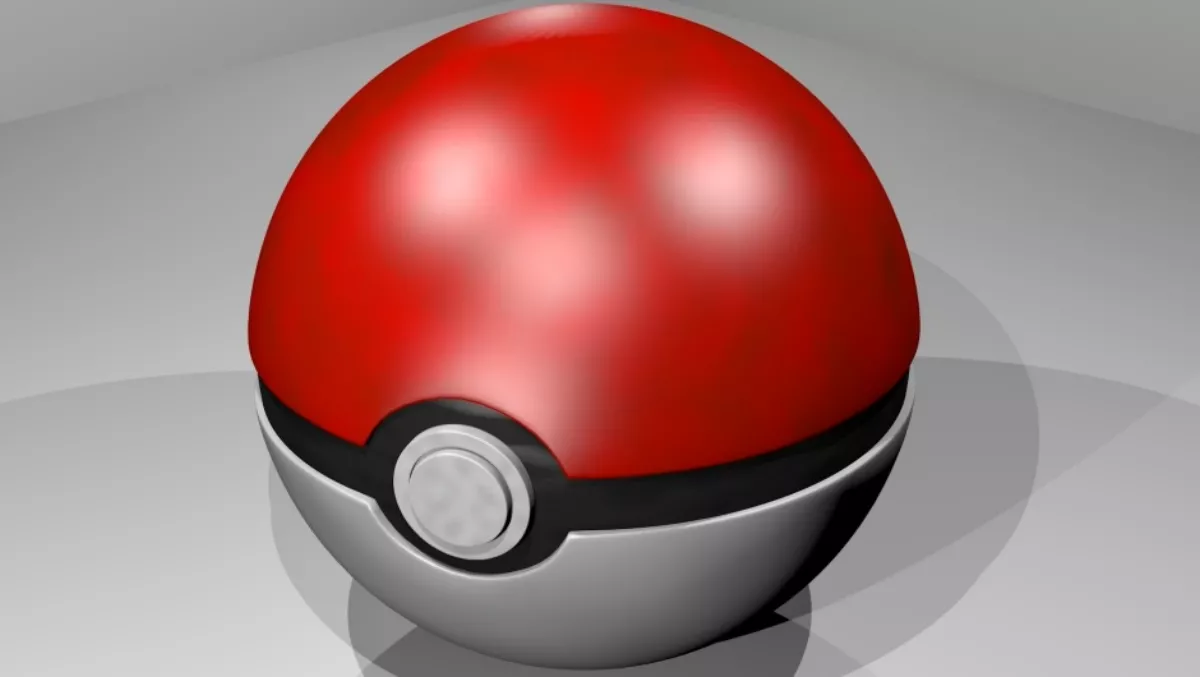
I seem to have woken up from a deep slumber a few days ago to a new world. Check that – a world that was slightly different form what it was just a week before. The evidence of this was demonstrated in two ways:
(1) every other news item, article or Facebook post was suddenly about Pokemon Go
(2) about three times as many people as usual walking around on the streets almost crashed into me…all of them were mumbling “Pokemon…” something.
[In case you have been asleep, Pokemon Go allows people to hunt for Pokemon (short for “pocket monsters” for the VERY uninitiated) “gyms” or locations in the real world as they walk around; scenery and eventually, Pokemon, are superimposed over the world people walk around within (actually, the world is augmented with Pokemon). When you find them, you capture them in “normal” Pokemon style methods, and I am NOT going to explain those or what a Squirtle is.]
In no uncertain terms, Pokemon Go has brought augmented reality (AR, or mixed reality/MR, as some call it) to the masses. I've seen other great examples of AR and even virtual reality (VR), but there's nothing that – good or bad – has caught the world by storm quite like this. Clearly, it's helped Nintendo (to the tune of billions of dollars added to its market cap almost instantly). But what else can it help?
Pokemon Go shows us the potential for augmented reality in our daily lives. Any second now, brands will begin to take advantage of everyone walking around hunting Pokemon, either by promoting their locations as Pokemon gyms or rest stops or whatever; those same brands, local merchants or others could easily show up in the game. And just like Nintendo and Niantic (the company behind Pokemon Go that had been spun from Google some time ago), those same entities could easy sell virtual products or services inside the game via microtransactions — if I were Starbucks, for example, selling virtual coffee credits that could be used in real locations to help fuel my hunt for Pokemon (which could easily be linked to Starbucks mobile accounts) could be a layup, for example.
At the same time, there have been security concerns (Niantic opens access to all your Google accounts and emails when you sign up! Well, not really! OK, whatever it was has been fixed!), safety concerns (driving while Pokemon Go-ing — yes, it's already an issue) and social concerns (both the Holocaust Museum and Arlington National Cemetery have both asked players not to play in and to respect their environments). Here again, brands can take note and tailor their own AR experiences to address particular needs, concerns or opportunities.
Whether Pokemon Go represents a cultural and technical disruption or a fad remains to be determined, but this blogger believes it is absolutely a disruption if only because of the massive demonstration of how effective and consuming AR can be. And even if what is disrupted near term is my ability to walk in a straight line in any urban setting, I think it's still significant.